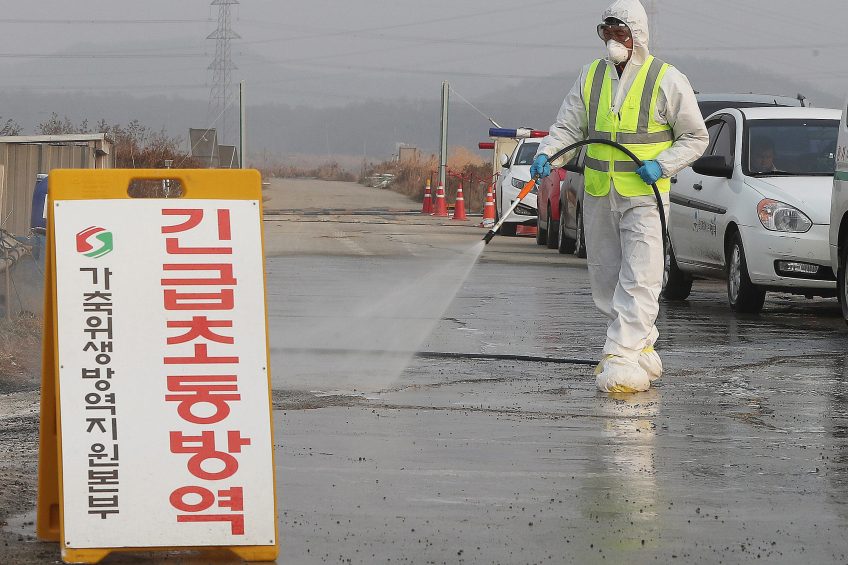OIE launches avian influenza web portal

Gaining a better understanding of avian influenza, providing easy access to the OIE’s recommendations on how to control it, and raising awareness of the global avian influenza situation among the international community: these are the objectives of the new OIE’s web portal on avian influenza.
In the last few months, outbreaks of highly pathogenic avian influenza have affected a number of countries in most regions of the world. These events have led to the deaths or preventative culling of hundreds of thousands of birds.
Recent upsurge in avian influenza cases
The recent global upsurge in this disease reinforces the importance of information-sharing about the disease prevention and control methods that should be put in place locally, as well as the recommendations and actions taken by the OIE at the international level.
The new OIE portal on avian influenza brings together a wealth of information, enabling a greater understanding of the disease and detailing the biosecurity measures recommended by the OIE, at both the farm and trade level, to halt its spread.
Moreover, this platform describes the actions taken by the OIE and its partners. Indeed, the prevention and control of zoonotic influenzas is one of the 3 priorities of the FAO–OIE–WHO Tripartite Alliance. A dedicated page also provides access to communication tools targeted at various audiences.
Also interesting: The survivability of avian influenza examined
Real time opinions and notifications
During recent months, the avian influenza strain H5N8, in particular, has been in the news, having been successively identified in several regions of the world, particularly Europe and America, as well as Asia and the Middle-East. The new OIE portal allows us to follow this strain’s global evolution (and that of other H5 and H7 strains), in real time.
In addition, it is worth noting that OFFLU, the global network of expertise on animal influenza, created and maintained by the OIE and FAO, recently published a report on the H5N8 situation, as well as advice on surveillance. This global scientific network works to reduce the adverse consequences caused by animal influenza viruses by promoting effective collaboration and information-sharing between animal health experts and the human health sector.













